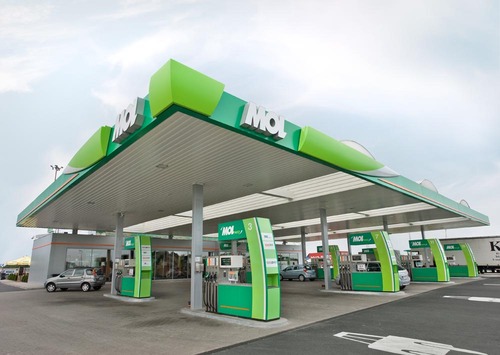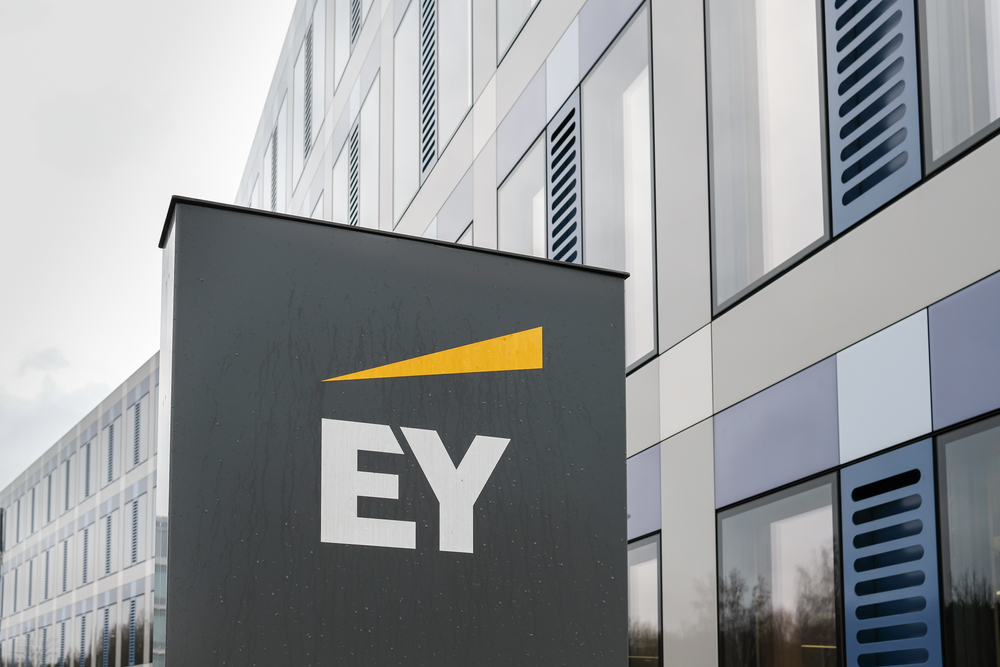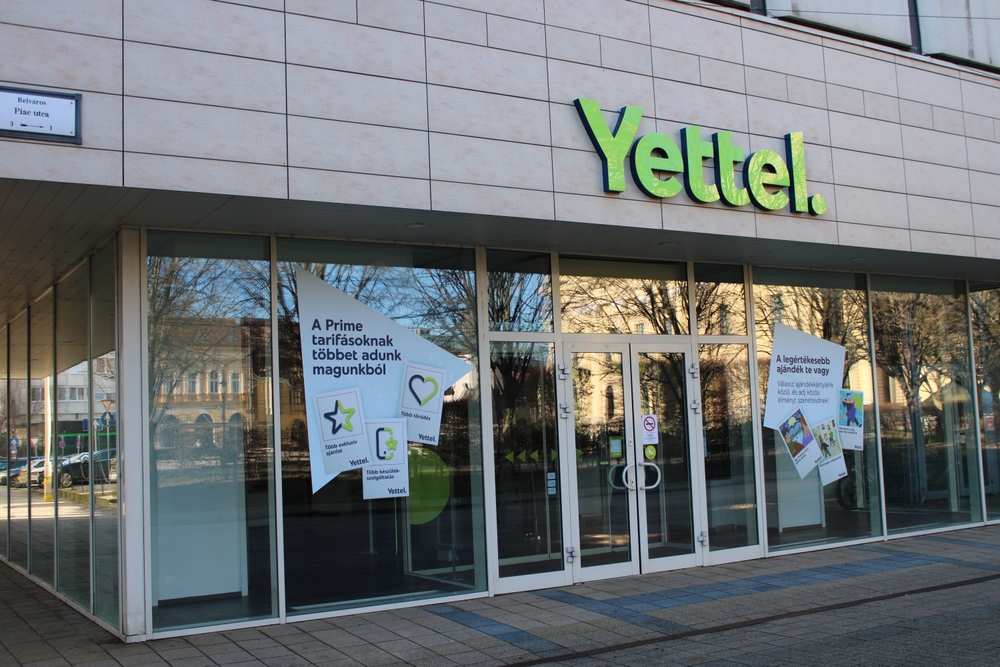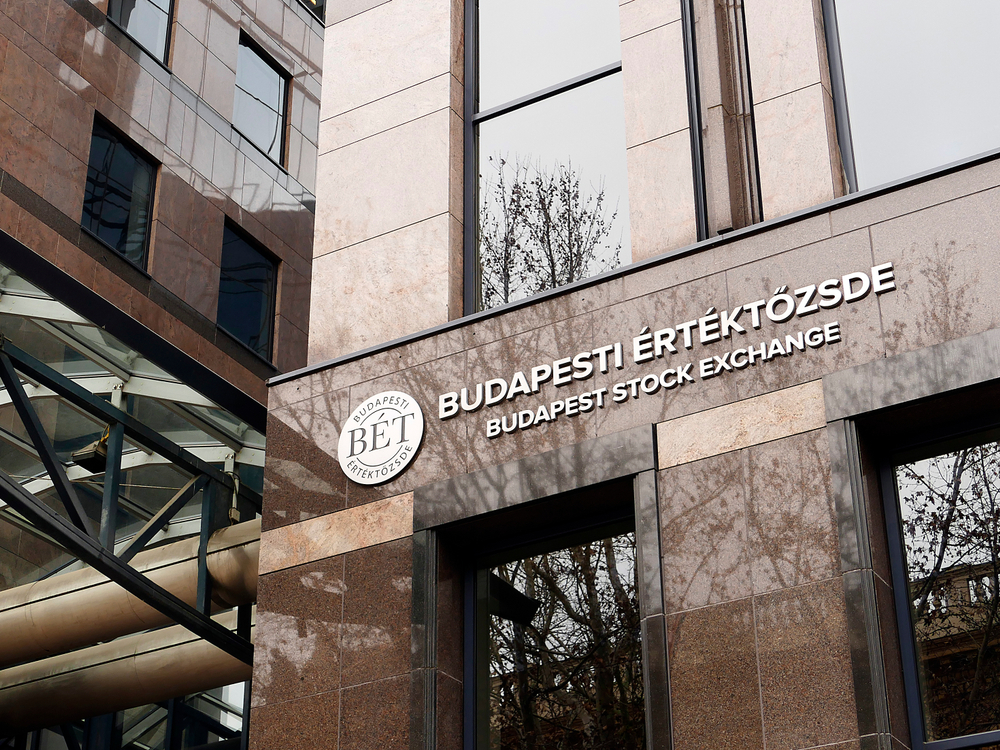Telcos Scurry to Modernize on Rising Demand

Zoltán Dávid, chief strategy, and digital officer at Telenor Hungary
With the increasing push towards a more hybrid approach to working and education, the COVID-changed world has boosted the demand for telecommunications services providers. The three leading telcos in Hungary (Magyar Telekom’s T-Mobile, Telenor, and Vodafone) have ridden the digital wave and spent the past two years expanding services and developing their infrastructure.
In the second half of 2021, three main drivers are shaping the Hungarian telecommunications market: Digitalization, mobile data growth, and emerging opportunities relating to fifth-generation technology and the internet of things.
“In terms of digitization, we have seen a step-change in the number of customers that interact with us via digital channels (web and applications). This is the case for our own services as well as for other service providers in Hungary,” Zoltán Dávid, chief strategy, and digital officer at Telenor Hungary, tells the Budapest Business Journal.
The emphasis on digitalization is ubiquitous. Magyar Telekom said in a recent press release that, since the epidemic eased in the second quarter, it could work under improved conditions on its goal, which is “Hungary’s digitalization.” Vodafone Hungary committed itself to supporting students learning from home and society working from home since the outbreak of the pandemic via new services and discounts under the aegis of digitalization, it said.
The pandemic has upended the market for telecommunications services providers positively; demand for their services has shot through the roof.
“Telenor’s performance has been strong in the last years, and we have been quite resilient during the COVID pandemic. We are fortunate to be in an industry where there is a growing general demand for data, and our role became even more critical during the COVID waves. We played a key role ensuring our customers could keep connected digitally, to enable homeschooling and home office operations,” Telenor’s Dávid tells the BBJ.
This increasing demand has elevated hunger for mobile data, which is considered the second most important driver of the market today. The trend has been ongoing since the shift from 3G to 4G with a similar, albeit amplified, expansion during the switch to 5G.
Infrastructure Investment
“As such, we have invested in both 5G spectrum bands and also in modernizing our networks, with our infrastructure service provider partner CETIN, to provide the highest quality and fastest data rates to our customers,” Telenor’s Dávid says.
The three main telcos in Hungary hold spectrums for operating 5G services under the 15-year-long licenses (in the 700, 2100, and 3600 Mhz bands) they acquired during the 5G auction held on March 26, 2020.
The fourth-biggest player in the market, Digi Hungary, also applied for spectrums at the auction, but the National Media and Infocommunications Authority (NMHH) did not register it following a formal investigation. Digi appealed against the decision. On February 4, 2021, the Curia, the highest judicial authority in Hungary, upheld the NMHH’s decision to exclude the service provider.
Hungarian telcos with the 5G spectrum are busy modernizing their infrastructure; this next-generation connectivity means a significant technological advancement is on the cards. During the summer, Magyar Telekom emphasized the quality of its mobile networks around Lake Balaton and holiday resorts in general. The telco says this modernization enabled it to “successfully cater for” increased data traffic generated by 4G customers in these locations during the summer, in addition to areas where MTel’s 5G is already present.
Vodafone Hungary also focused on expanding its 5G network over the summer in summer resort areas. A recent press release expressed a commitment to continue with its 5G development across the country in the second half of the year.
Like its peers, Telenor is also actively modernizing. “We are also focusing on modernizing our network in collaboration with CETIN, which entails a new transport, core, and multi-band radio units. This is a multi-year process, but it will lead to higher performance both on legacy technologies (like 4G/LTE) and give us the ability to deliver 5G capabilities to our customers. We are excited to bring this capability to our consumer and business customers,” Dávid explains.
Business Development
Development in the 5G and IoT arena lays the groundwork for the third market driver: new business development opportunities, such as smart cities, industry 4.0, digital infrastructure, and autonomous vehicles.
How does Hungary compare to its Visegrád Four peers (the Czech Republic, Poland, and Slovakia)? While the underlying customer needs for staying connected are on the same level in the V4, the level of infrastructure development and the position of market participants are dissimilar.
“In mobile, we see similarities in terms of network development, mobile penetrations, data usage, and revenue per customer in Hungary, Slovakia, and the Czech Republic. However, there is a bigger contrast in the fixed infrastructure domains as Hungary has significantly higher next-generation fixed broadband and pay-TV penetration compared to the Czech Republic,” Dávid says.
In a wider context, Hungary, like much of Central and Eastern Europe, is on a similar trajectory as the rest of the European Union in terms of digitalization, data usage, and network upgrades.
“There are some differences as markets such as the Nordics have much higher data consumptions than in the CEE; however, when we look at our service capabilities, we are on par with the best networks in Europe,” Dávid adds.
While the post-pandemic world is increasingly widely discussed, businesses must remain alert, especially with the fourth wave looming, if not already here, as well as low vaccination rates in many countries around the world. Nevertheless, there are lessons to be learned, such as remaining flexible and keeping customers safe and happy.
This article was first published in the Budapest Business Journal print issue of November 5, 2021.
SUPPORT THE BUDAPEST BUSINESS JOURNAL
Producing journalism that is worthy of the name is a costly business. For 27 years, the publishers, editors and reporters of the Budapest Business Journal have striven to bring you business news that works, information that you can trust, that is factual, accurate and presented without fear or favor.
Newspaper organizations across the globe have struggled to find a business model that allows them to continue to excel, without compromising their ability to perform. Most recently, some have experimented with the idea of involving their most important stakeholders, their readers.
We would like to offer that same opportunity to our readers. We would like to invite you to help us deliver the quality business journalism you require. Hit our Support the BBJ button and you can choose the how much and how often you send us your contributions.








